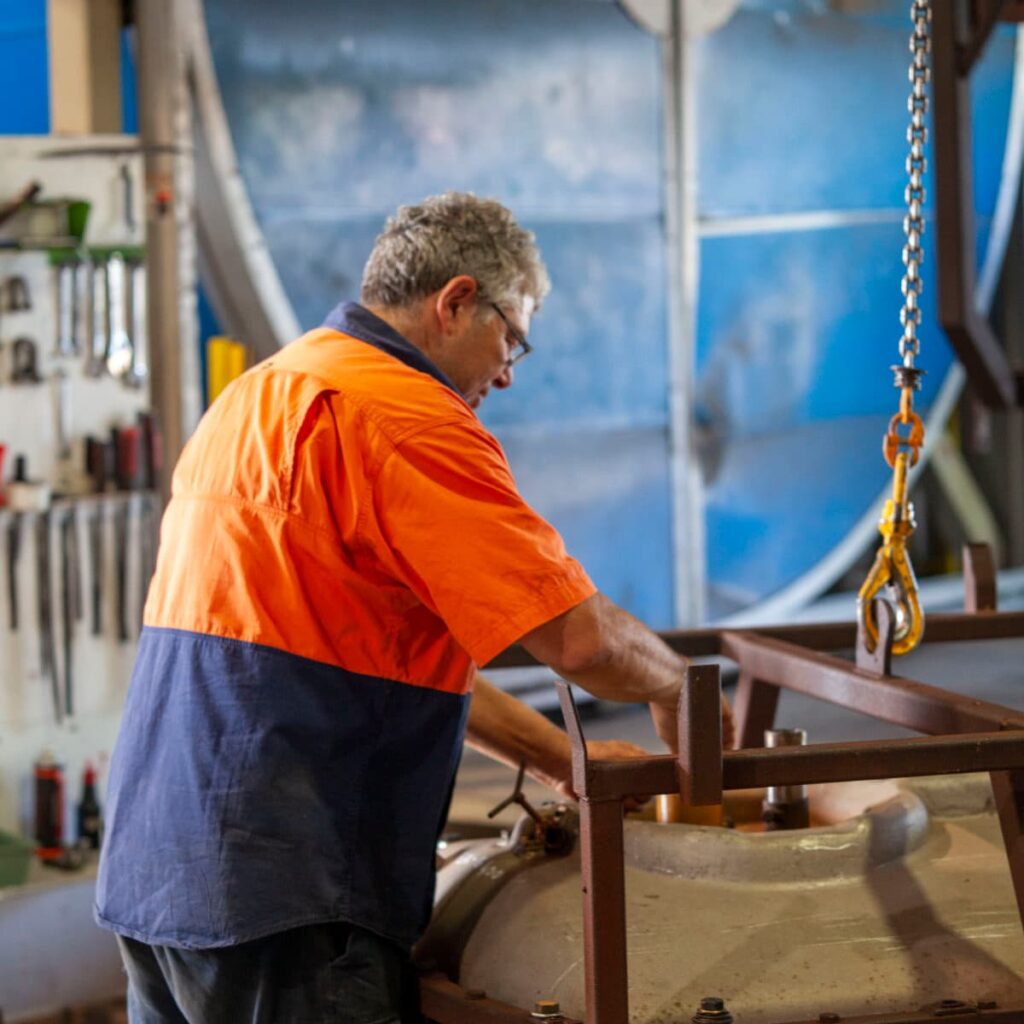Tag: rural Queensland
Home / rural Queensland
6 Aussie Agriculture Facts You Might Not Know
Curious about the agriculture industry? Australia has a thriving agricultural scene – from small hobby farms to sprawling acres of crop, there is so much
5 Australian Women in Agriculture You Should Know
The stereotype that your typical Aussie farmer is a blokey man who wears a straw hat is outdated. In fact, according to the Department of
A Tour Though Broken Hill – Movies, Mining, Drag & More
G’day everyone, your favourite well-travelled delivery driver is back. It’s Uncle Garry’s Aussie Country Town Tour part 2! Last week I shared my tour through
Aussie Country Town Tour – A Country Man’s Guide Through Mildura
G’day everyone, Uncle Garry from Global Rotomoulding here. Welcome to my first post of Gazz’s Aussie Country Town Tour, where I’ll take you through some
How Global Helps Customers Fertigate Efficiently on the Farm
Are you looking to achieve more with less on your farm? A fertigation system may be something that can help massively improve crop productivity and

